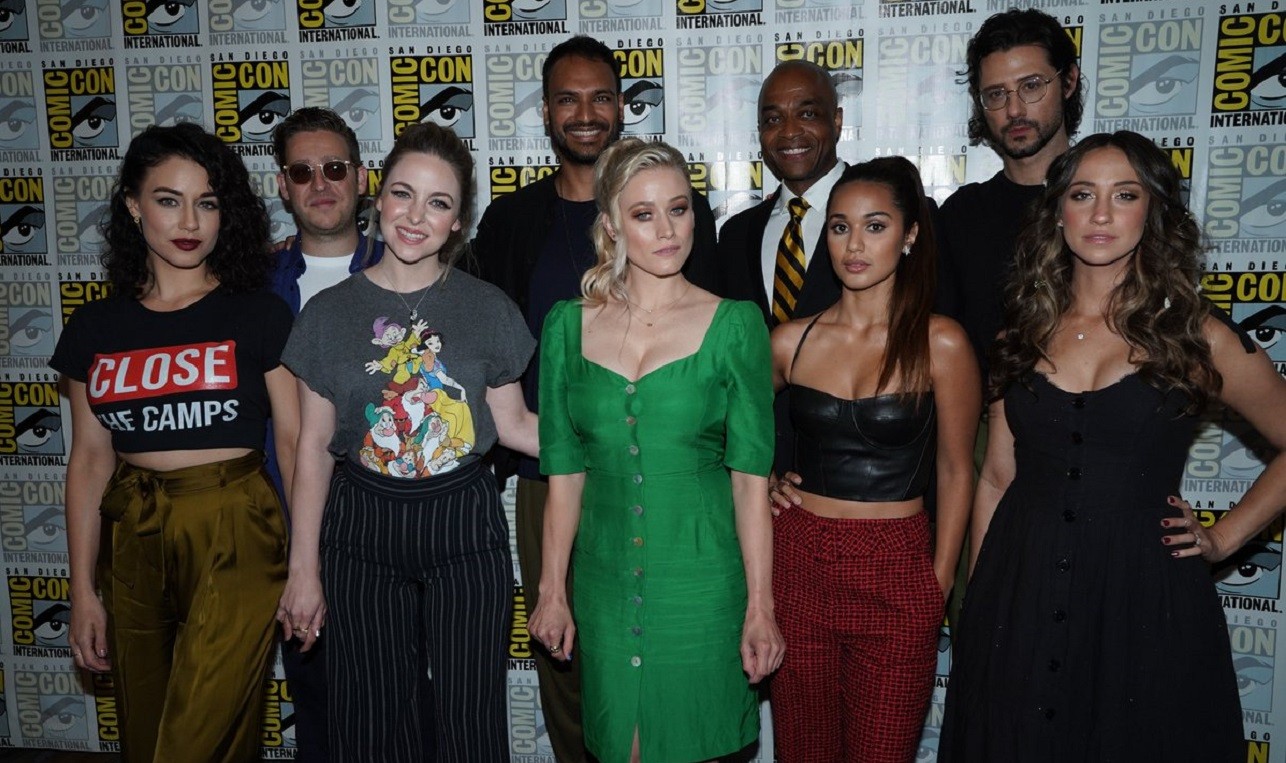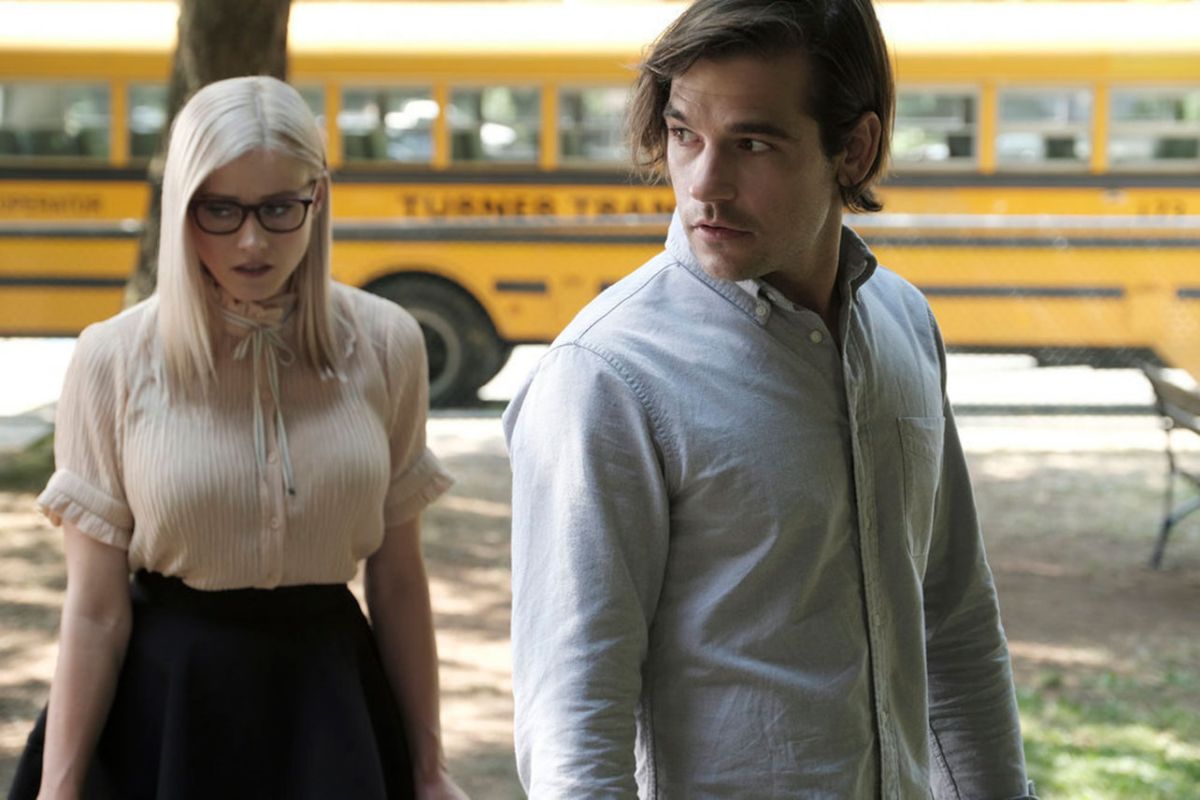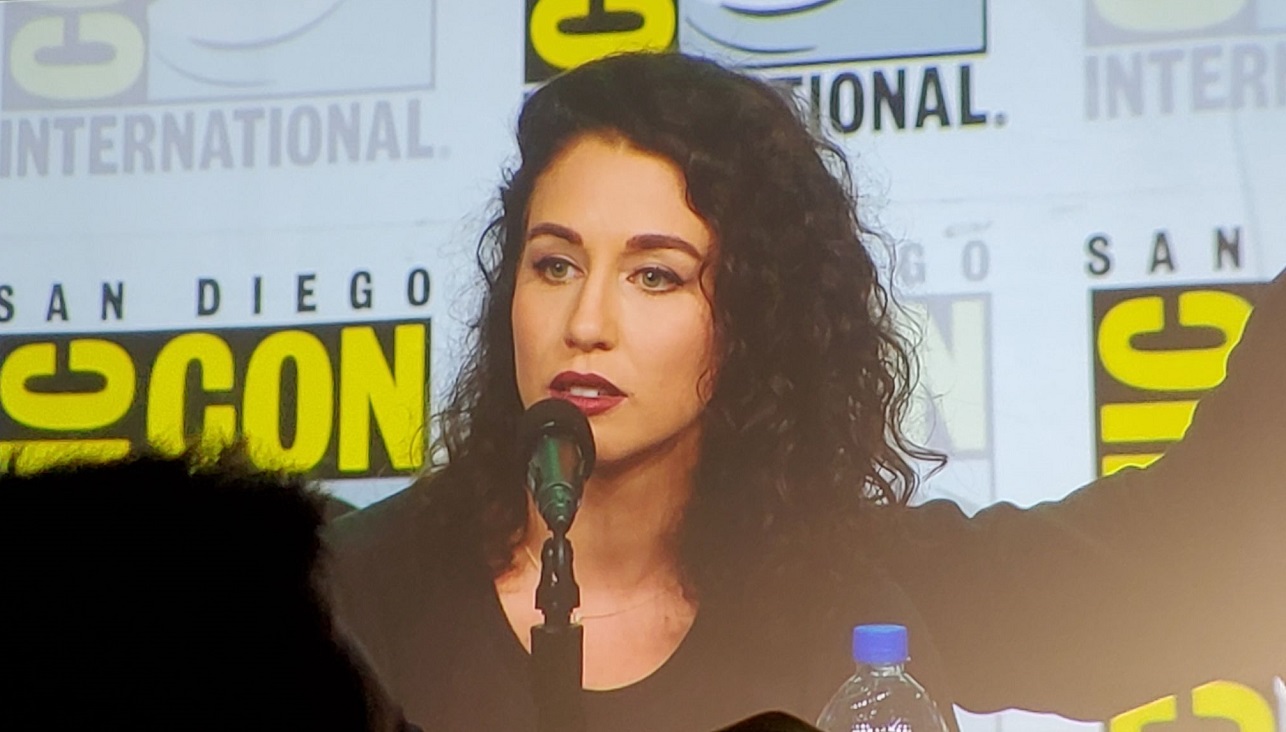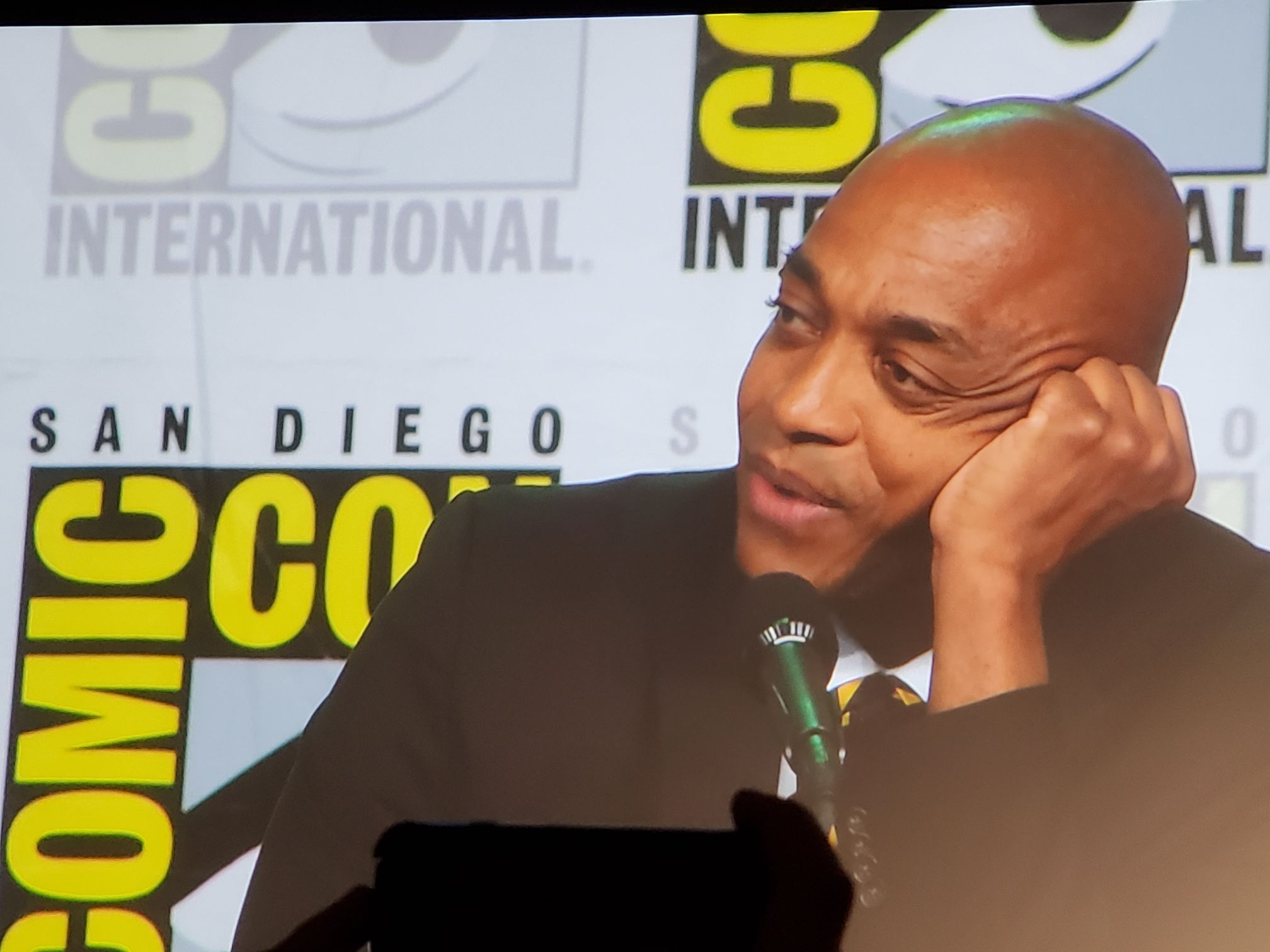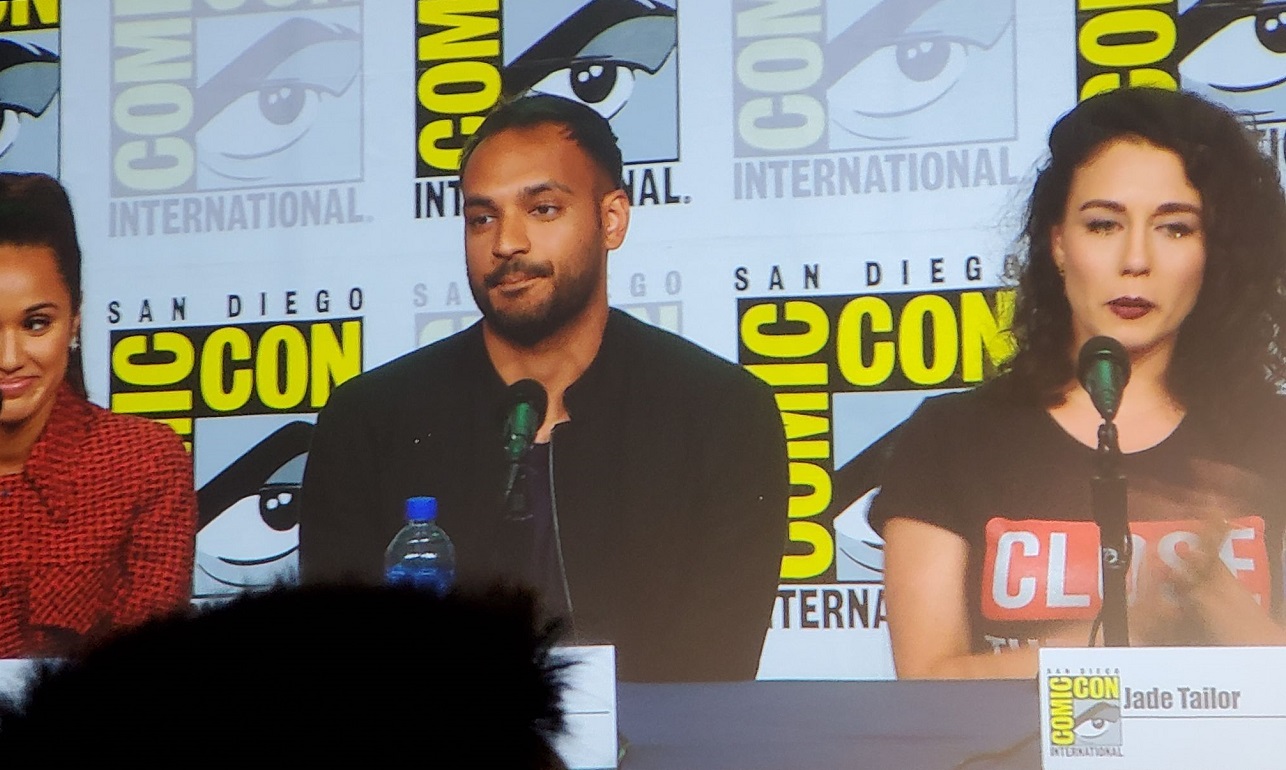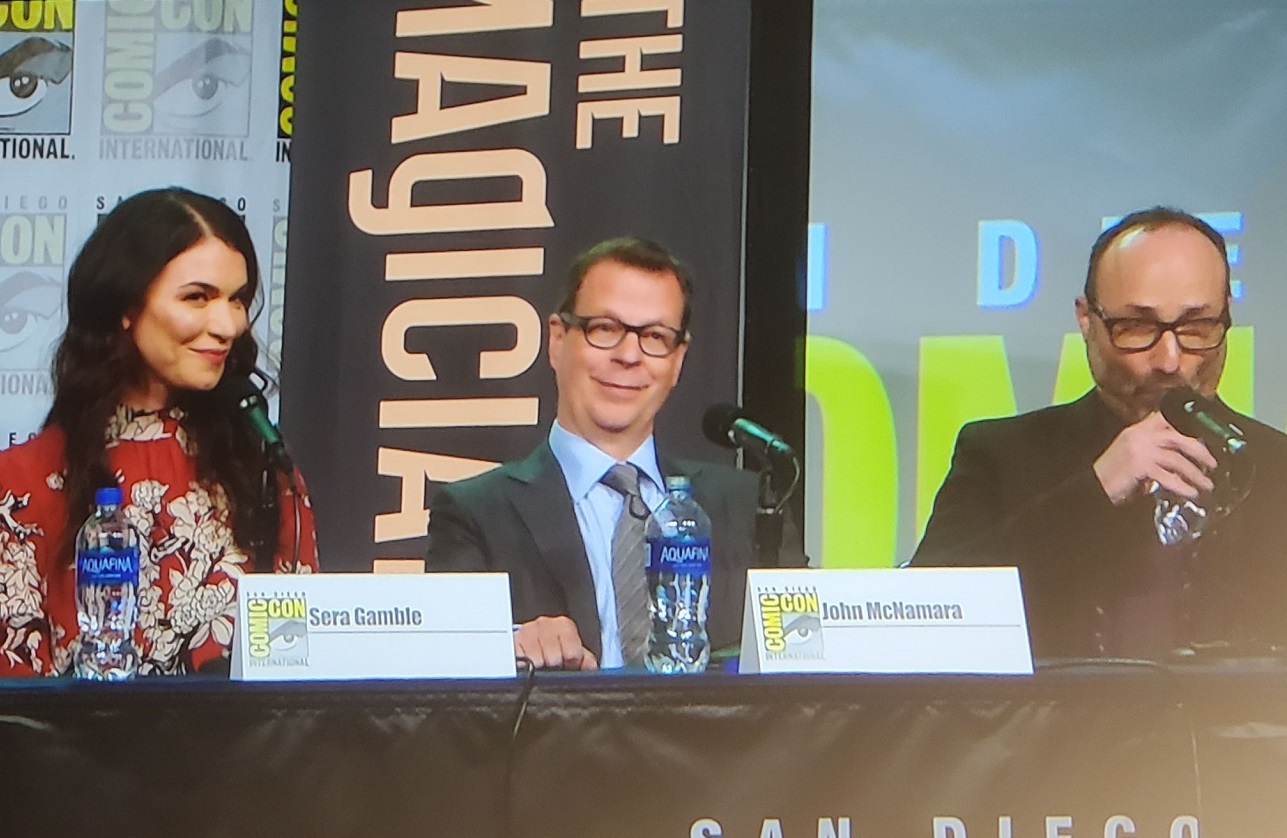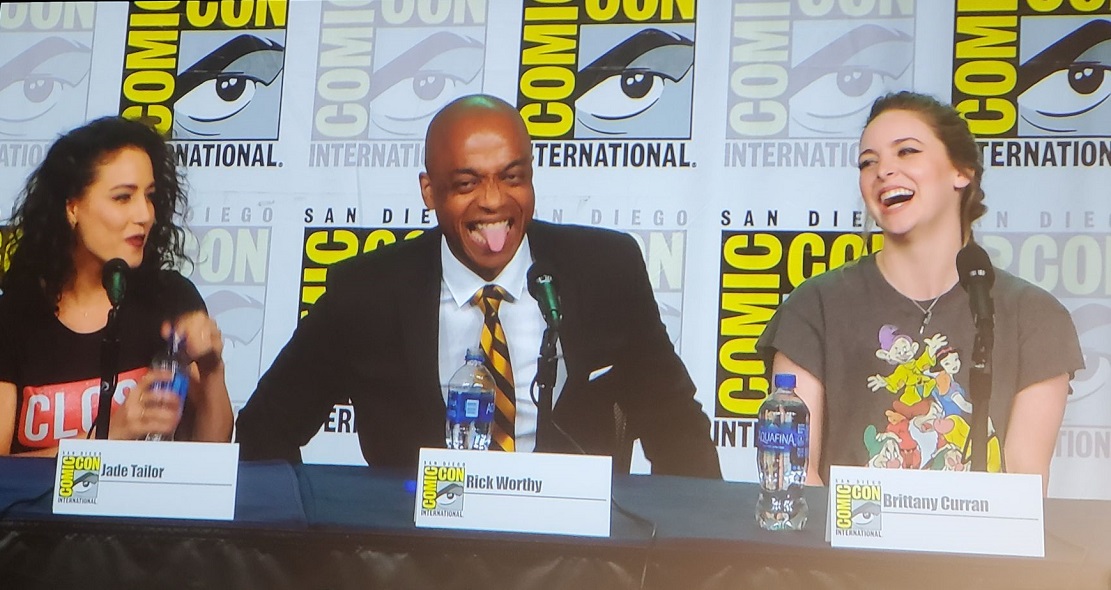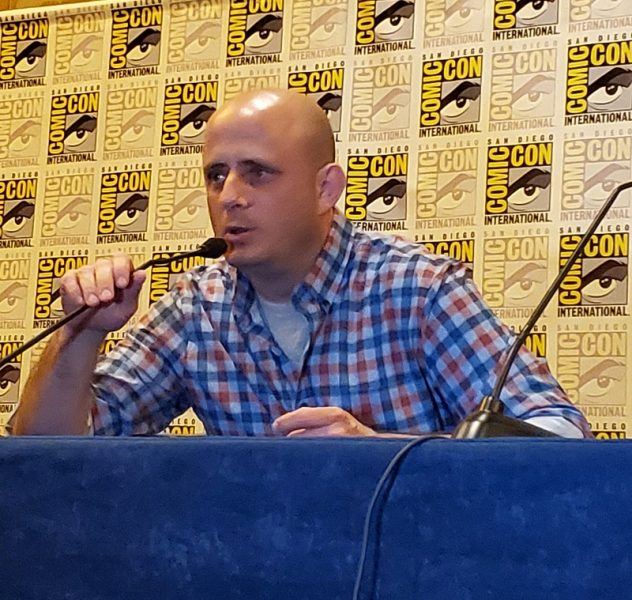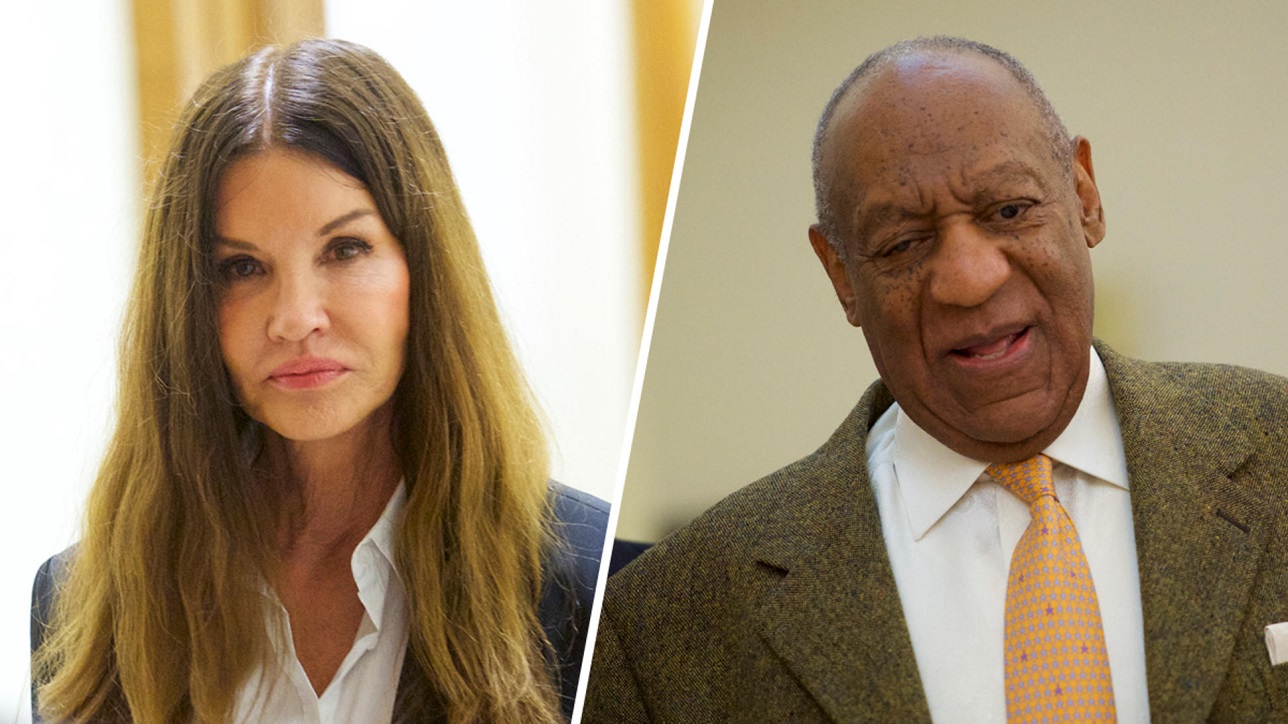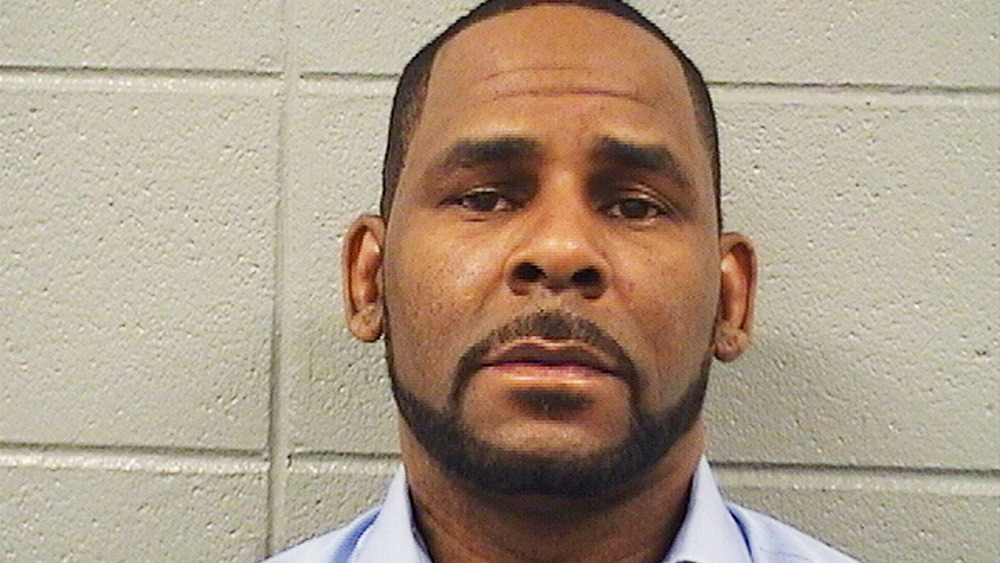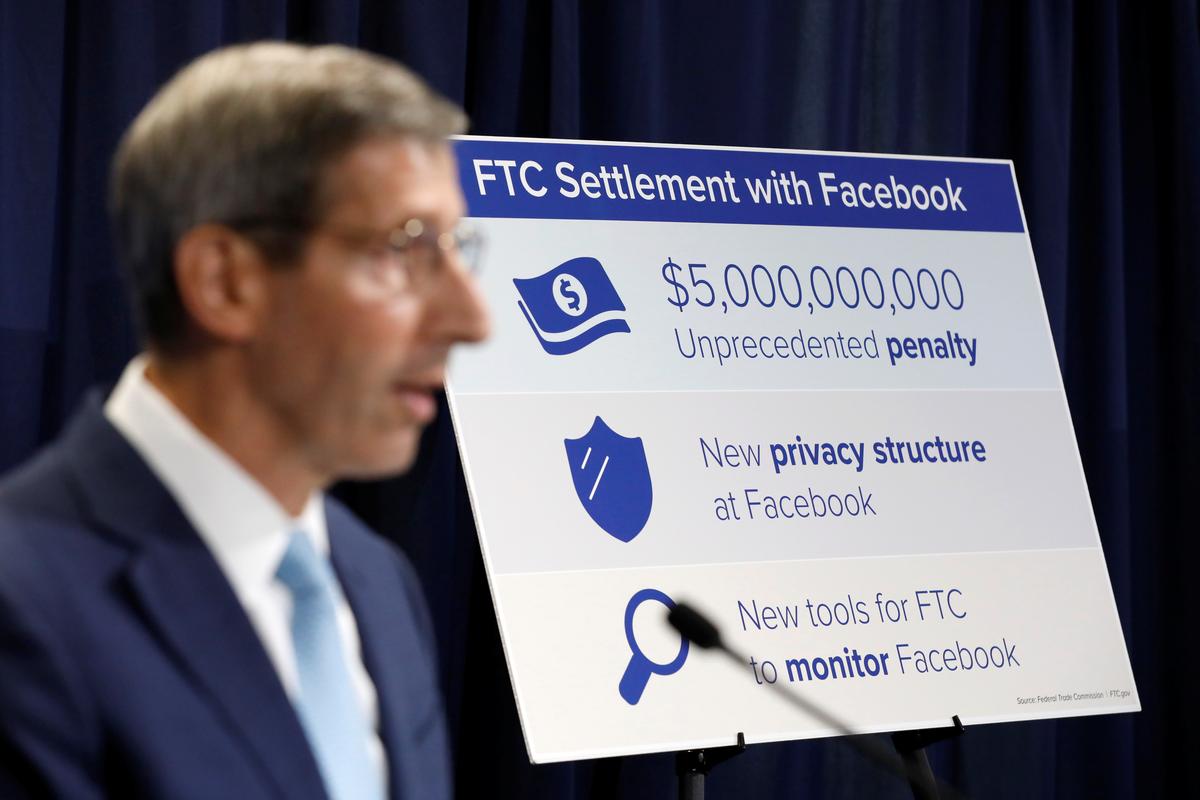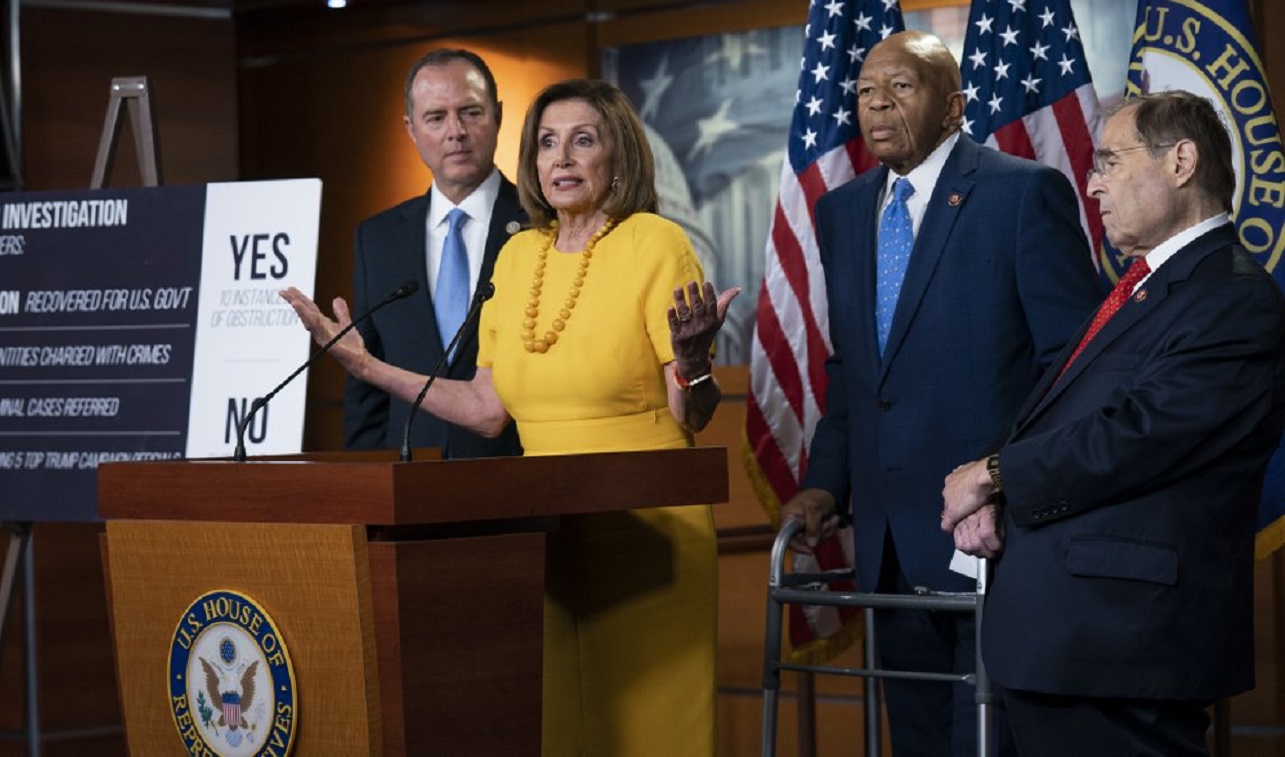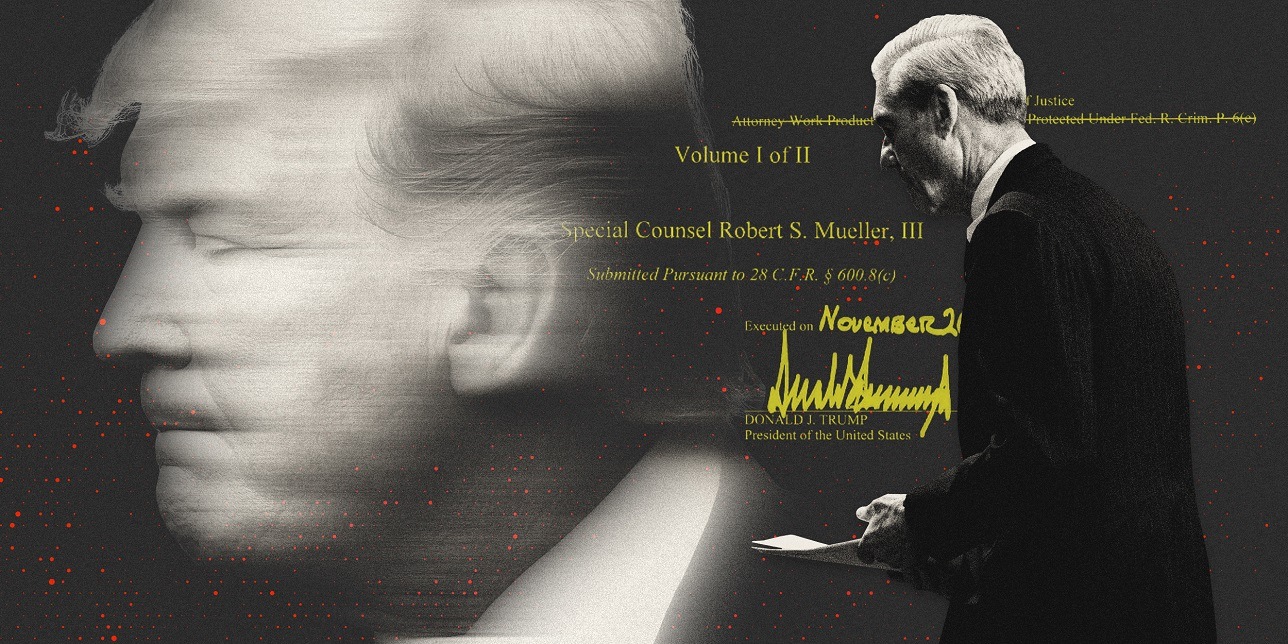Sony often likes to keep things under wraps, and they have been doing it even more so with their upcoming PlayStation 5 aka PS5. Luckily, we found out some great information to keep all of you gamers up to date. I’ll warn you though, the PS5 won’t be coming out for quite some time so you’ll a few holiday seasons to get through waiting for it.
Sony’s PlayStation has always offered more to the gaming world than just games. It’s also set the standard for gaming platforms as we know them today. Microsoft’s Xbox has always tried nipping at its heels, but I’ve always found myself being drawn back to my PS4 Pro more than my Xbox One X or Nintendo Switch. Naturally, I play all of them, but my PS4 Pro always draws me back more often.
PlayStation
has scored well with DVD playback, Blu-rays and 4K streaming over the years. So
what will the PlayStation 5 have to offer at launch? Will it be an 8K machine?
Will it still support optical media? When is the PS5 release date? How much
will the PS5 cost?
Rumors
With Sony
choosing to skip the E3 2019, everyone has been scrambling for little morsels
of information about their latest project. Microsoft attended the event and
were more than happy to announce their next console generation, titled “Project
Scarlett.” What we have learned is that Xbox Scarlett will use a
custom-designed processor from AMD that makes use of Zen 2 and Navi
architecture – which seems supported with the AMD Flute benchmark leak.
According to
Microsoft, this will make Xbox Project Scarlett 4 times more powerful than the
Xbox One X and capable of 8K resolutions running at 120Hz frame rates. That’s
incredibly ambitious, and something we’re not sure the AMD Flute chip will be
capable of just yet – although hardware improvements and software efficiencies
could help here.
An SSD will
come as standard, as with the PS5, which will give it the option of
using its storage system as virtual RAM, as well as lifting load time
performance. That’ll let developers stream in far more detailed worlds around a
player. In terms of ‘standard’ RAM, the console will pack in a meaty GDDR6.
Wild rumors
hit early in the summer like this would be the very last PlayStation console as
it would be merging with Xbox. This came from a surprise announcement that
Microsoft and Sony would be creating a strategic partnership for gaming and
cloud services using Microsoft’s own Azure infrastructure. PlayStation CEO Jim
Ryan quickly quashed those rumors.
“There is to my knowledge… no
scenario where the PlayStation and Xbox platforms combine,” Ryan said.
“The two platforms will remain separate with their own separate identities
and brands and fans.”
PS5 Hints
While we can’t quite
answer all of this just yet, fortunately, Sony PlayStation’s lead architect and
console producer, Mike Cerny, did drop a whole load of what to expect from the
PS5 in an April 2019 interview with Wired. Here’s what he said,
what he didn’t and what you should be on the lookout for, from Sony’s next
games console.
Will the PlayStation 5 support 8K video?
The PS5 will support 8K
video, at least to an extent. The PlayStation 5 will ship with an AMD Ryzen
chip — a 7nm chip on Zen 2 architecture — and a GPU from the Radeon
Navi-family. It will also come with SSD storage. The promise from this trio of
hardware is fast load times, large bandwidth capabilities and oodles of
graphics grunt. Enough grunt for true, native 8K gaming? Perhaps, but possibly
only when dealing with simpler titles. Big budget blockbusters might well
employ a new version of the sort of checkerboard upscaling that Sony currently
uses to make PS4 Pro games look ace on a 4K display.
Both the PS4 and PS4 Pro
are already HDR-enabled, supporting the HDR10
format, and there’s no reason to believe that this would be any different for
the PS5. Will we see a more advanced version of HDR, such as HDR10+ and Dolby
Vision, also employed?
We certainly wouldn’t rule it out, particularly as the current Xboxes already
support the latter, but nothing has so far been announced on that front.
8-Core AMD Chipset
Inside the
‘PS5’, confirmed so far, will be “a bespoke 8-core AMD chipset based on
third-generation Ryzen architecture, with a GPU taking the best bits of the
Radeon Navi GPU family; a built-for-purpose SSD storage system; 3D audio;
backward compatibility with PS4 games and PSVR hardware; 8K TV support.”
What the 8-core AMD chipset allows is improved visuals in
gaming. Specifically, this targets the consoles ability to improve the
“lighting” of games, creating greater immersion for the player. 8K TV support
improves gaming textures. This includes smaller/detail textures, as well as the
broader textures (such as a game over-world/hub-world). This is a vast
improvement since the best consoles, ‘PS4Pro’ and ‘Xbox
One X’, can only
run in 4K, at peak performance. The 8K support needs the bigger SSD drive
because for the games to run more complex graphics/visuals, the game has to be
able to load at a faster rate. With the new SSD, games are estimated to load 19
times faster than the current console generation.
The audio is also a big target for Sony.
The 3D audio, that is included within the console, is meant to target the
player’s immersion with the game; this audio experience can be improved if the
player is wearing headphones. With a vast improvement to audio in the new Sony console,
this can create greater cutscene dialogue, in-game battle sound effects, music
soundtracks, even the sound of the background will be improved.
Sony has also expressed the importance of improving its own game
streaming service, ‘PlayStation Now’. This service allows gamers to stream
games from the ‘PS4, PS3, and PS2’ directly to their ‘PS4’. With a better SSD,
this will allow games to stream at a faster rate, as well as higher graphical
rate. This will make the ‘PSNow’ experience, certainly, better for consumers.
Will the PlayStation 5 have a 4K Blu-ray drive?
Cerny has confirmed the
PS5 will have an optical disc drive, but hasn’t revealed its final spec.
It was disappointing that
the PlayStation 4 didn’t include a 4K Blu-ray drive, so we hope at the very
least this level of support is included in the new console. Currently both the
Xbox One S and X come with 4K disc drives which gives them extra appeal over
the PS4 for home cinema enthusiasts. More on this when we get it.
PlayStation
5 audio: will the PS5 support Dolby Atmos?
We hope so. Again, the
current crop of Xbox One consoles outstrips the PS4 in the audio department,
certainly on paper, with Sony’s consoles limited to 7.1 audio.
Microsoft’s machines, on
the other hand, both come with Dolby
Atmos and DTS:X audio for gaming and for 4K Blu-ray playback, although
Cerny has promised that the PS5 will herald a new ‘gold standard’ in audio.
It’s claimed a redesigned
3D audio engine will deliver more immersive sound and this will apparently
require no new hardware to achieve. It will simply work through your existing
TV speakers and compatible headphones. Make of that what you will. Could this
mean the console will be compatible with Sony’s own 360 Reality Audio format? We think so.
Hopefully there’ll be
Dolby Atmos support for both gaming and movie content straight out of the box.
Of course, you’ll still need a compatible AV
receiver and
speaker set-up to truly appreciate the extra dimension of height that Dolby Atmos
adds, but if you’ve already got a tasty 5.1.2 system installed or are planning
to do so, this would be the icing on the cake.
PlayStation 5 VR: will the PS5 be PSVR compatible?
Most definitely. Comments
from Mark Cerny point towards an even bigger VR push from Sony with the PS5. VR
technology is set to be hard designed into the build of the GPU. He didn’t
mention whether there would be a PlayStation VR2 headset launched to go with
the PS5, though.
Given PSVR is not as
strong on resolution as other headsets such as the Oculus Rift or HTC Vive it
could make sense to launch a suitably powerful and impressive next-generation
headset with the new console.
The latest
news leak hints that the PlayStation 5 PSVR will be a wireless headset and have
some amazing advanced features to retail for under $299. The wireless part
sounds on track and something all of us would absolutely love!
For those
disappointed with the current PS VR’s 1920 x 1080 resolution, the PS5 version
will allegedly render images at 2560 x 1440. It will do so at a 120-hertz
refresh rate, while also providing a 220-degree field of view. As the new PSVR
will be wireless, it will also require charging. The headset is expected to
have a battery life of about five hours.
The under $299 headset will reportedly feature both eye
tracking and head tracking. In regards to the latter, the patents hints
that the headset will use both acceleration and gyro sensors to get a better
sense of a user’s head position. This seems like it could help many players,
especially those not used to VR, feel less disoriented when using the headset.
Eye tracking can also help users get adjusted to wearing the
headset. The headset could use this system to track things such as
inter-pupillary distance and the relative position of the eyes compared to the
screens. The system can then adjust the image based on factors to help reduce
eye strain.
The patents also indicate that Sony is looking to use a
technique called foveated rendering with the new PSVR. Using this technique,
the console’s GPU will only render the highest quality image where the players
is expected to be looking at. This helps cut down on the GPU’s workload, which
is a boon since VR requires machines to render two separate images. Additionally,
eye tracking might tie into this, rendering at a lower quality in the places
where users aren’t looking.
Of course, these are all just patents at this point, and not
official confirmation of these features. Sony can simply choose to not
implement some of these features in an updated PSVR headset, but we won’t know
for sure until the company confirms the new hardware.
Which PlayStation 5 games have been announced?
Expect plenty of
announcements in the run up to the 2020 launch but there’s been nothing
official from Sony on PS5 launch titles. That said, we’ve spotted a few clues
here and there dropped by the games developers themselves.
CD Projekt Red, the
developer behind the popular Witcher franchise, has confirmed that its
dystopian future game Cyberpunk 2077 is being developed for next generation consoles, which
will doubtless include the PS5.
Other than Cyberpunk 2077, it’s all educated guesswork at the
moment. However, there’s plenty of talk around the likes of post-apocalyptic
adventure The Last of Us: Part 2, Starfield, a brand new space RPG from Bethesda Studios and, the next instalment of
Bethesda fantasy epic, The Elder Scrolls 6.
Other games long since
trailered but possibly waiting for the next wave of console launches include
Feudal Japan adventure, Ghost of Tsushima, and Hideo Kojima’s next project, Death Stranding.
PlayStation 5 games: will the PS5 be backwards compatible?
‘Incredibly powerful’,
that’s how Sony has described the backwards compatibility of the
PS5, which is potentially good news for both PS5 owners and PS4 owners who
don’t wish to upgrade just yet but still want to play online with their friends
that do.
What’s not clear is
whether this backwards compatibility will be a blanket implementation, or
whether it will only work for certain titles. We’d guess a large number of PS4
titles will be compatible, but it will be hit and miss with older PlayStation
games.
One online report suggests
that the PlayStation 5 will be able to act as an emulator for PS4, PS3, PS2,
and even original PlayStation games but we’ll have to wait to see how much
truth there is in that. Fingers crossed.
PlayStation 5 games
It’s believed Sony will
increase its focus on the subscription-based PlayStation Now cloud gaming platform
and its Remote Play feature too.
Microsoft and Sony
recently announced that they’re working together on cloud computing
technologies, which will almost certainly give a boost to PlayStation Now.
Until now the platform has been incomplete as far as top gaming titles go and
there have been issues with lag and disconnects.
Sony also filed a patent
back in 2014 for a service whereby PlayStation games on the platform could be
streamed to user devices other than the console itself; something to rival the
upcoming Google Stadia and Microsoft xCloud platforms.
Sony is looking to 5G
technology to help out while gaming on the move with Remote Play. The service
currently allows players to stream games from their consoles to other devices
such as tablets, mobiles and the handheld PS Vita. However, this might be bundled
in as part of an all-new online platform.
PlayStation 5 DualShock 5 controllers
With each new PlayStation
normally comes a new DualShock controller. A leaked image from a developer kit
in March 2019 showed a device with a touchscreen on top which did not go down
well with gamers, given the extra battery drain of a display. Of course, this
image could be a fake.
What would this screen be
for? Well, some have suggested the controller could become a smart device and
the screen could be for controlling other bits of kit or, indeed, be used to
display notifications from your smartphone. Whether this kind of interruptive,
Swiss Army Knife-type design is really what people want is debatable.
Automatic charging over
Wi-Fi has been discussed by fans as a way of powering such a controller and,
while that sounds interesting, all of this technology would almost certainly
add extra pounds (or dollars) to the final retail price.
Ultimately, the take-home,
as far as the PS5 controller goes, is that there’s nothing at all solid just
yet.
PlayStation 5 pricing
The PS5 price is is likely
to be under wraps until closer to launch at the back end of 2020. The original
PlayStation and PS2 launched at £299/$299, the PS3 started at £425/$499 and the
more recent PS4 came in at £350/$399. The sensible guess for the PS5 right now
is that it will sit just above the PS4, perhaps around £499/$499. And again,
that’s just for the basics. You know it’ll be closer to $800 with the additional
controller, accessories and games.
PlayStation 5 release date
Nothing super concrete
here for a PS5 release date but Cerny did say that the PlayStation 5 would not
be available before April 2020. Which implies it will be available after April
2020. So, maybe May 2020 or June 2020 or December 2020 or March 2024. Could it
arrive at the same time as Xbox Project Scarlett, i.e. holiday 2020?
The most
important thing is that the PS5 sounds like it’ll live up to the early hype and
be quite the kickass gaming platform. Focusing on higher graphical rendering,
with faster load times (always a huge thing for me), and easier streaming
capability, this could be a true beast. Now if only 2021 would get hear sooner.
Or 2024, depending on when Sony gets this into our hot little hands to test
out!




